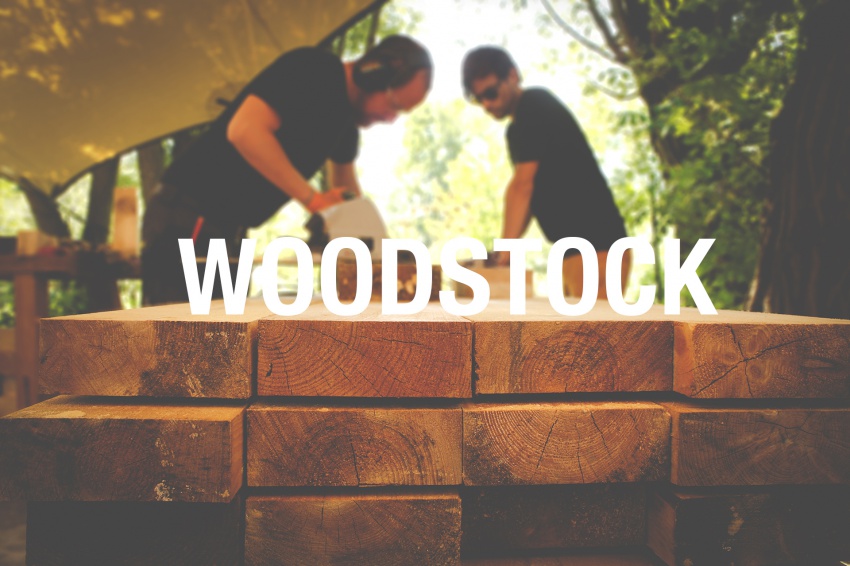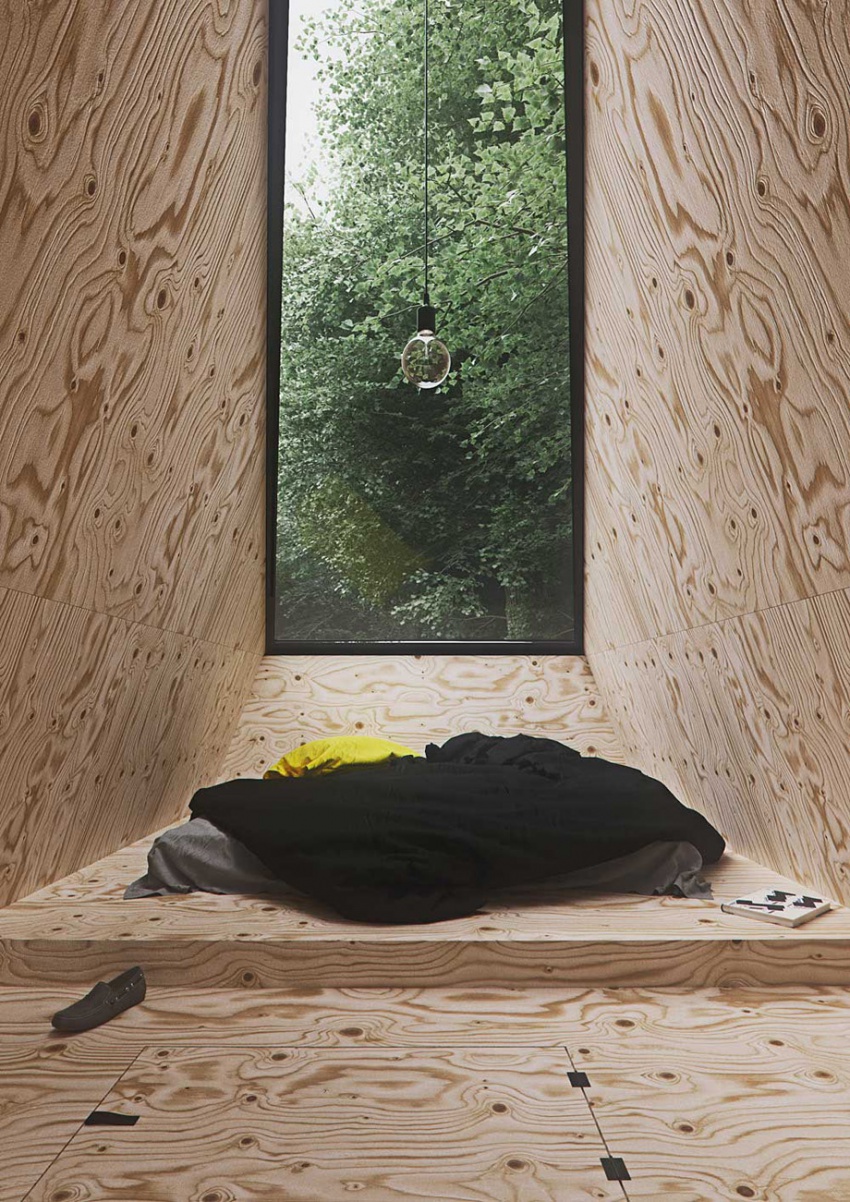Difference between revisions of "project04:Frontpage"
| Line 31: | Line 31: | ||
'''Description''' | '''Description''' | ||
---- | ---- | ||
| − | + | Hyperbody has set an exercise for students who are graduation on the designstudio. For this exercise the student needs to develop a proposal for 6500-7000 sq. m. of student housing on the Green Village in Delft, which must comply on the following four demands. First, the building needs to be able to control its climate according to environmental conditions. Second, the CO2 of both the construction and the consumption of the building should be sufficiently reduced to its emissions. Third, generators of renewable energy should be integrated in the architecture to provide the building of power. And fourth, the integration of computational tools in both the design and fabrication of the building. <br> | |
| − | + | The site offers enough space for the building to use advantage of external weather condition like the wind and sun. These conditions could arrange a part of the climate within the building. This passive design strategy prevents additional energy consumption of an active system. Using computational tools I can optimise the shape of the building towards a desired passive climate solution. <br> | |
| − | + | To reduce further CO2 emission, the building needs to be efficient. Meaning two things. First, optimise the fabrication and assembly process to a minimum amount of energy. And second, extend the lifespan of the material by understanding the material properties and designing the product for possible future reuse. Within the studio of Hyperbody I choose the theme “Robotic Building” to develop the building components that fits these requirements of precision and mass customisation. CNC technology can offer the solution. <br> | |
| − | + | ||
| − | + | ||
Revision as of 16:07, 9 December 2016
Maxime Brice Selling
Description
Hyperbody has set an exercise for students who are graduation on the designstudio. For this exercise the student needs to develop a proposal for 6500-7000 sq. m. of student housing on the Green Village in Delft, which must comply on the following four demands. First, the building needs to be able to control its climate according to environmental conditions. Second, the CO2 of both the construction and the consumption of the building should be sufficiently reduced to its emissions. Third, generators of renewable energy should be integrated in the architecture to provide the building of power. And fourth, the integration of computational tools in both the design and fabrication of the building.
The site offers enough space for the building to use advantage of external weather condition like the wind and sun. These conditions could arrange a part of the climate within the building. This passive design strategy prevents additional energy consumption of an active system. Using computational tools I can optimise the shape of the building towards a desired passive climate solution.
To reduce further CO2 emission, the building needs to be efficient. Meaning two things. First, optimise the fabrication and assembly process to a minimum amount of energy. And second, extend the lifespan of the material by understanding the material properties and designing the product for possible future reuse. Within the studio of Hyperbody I choose the theme “Robotic Building” to develop the building components that fits these requirements of precision and mass customisation. CNC technology can offer the solution.
Location
Greenvillage
Plan of Approach
Research
SUSTAINABLE
CARBON CYCLE
CONCLUSION
FORESTRY
LOCAL WOOD
TROPICAL WOOD
ACCOYA WOOD
RECLAMED WOOD
BAMBOO
CONCLUSION
PROPERTIES
WOOD WORKS
SPECIES
DRIED LUMBER
TREATMENT
BURNED
PETRIFIED
TRADITIONAL
LAMITNATED
BENDED
CNC
Inspiration
For Green village: https://nl.pinterest.com/maxibrice/green-village/ For Wood: https://nl.pinterest.com/maxibrice/wood/
Literature
Verantwoord gebruik van hout in Nederland by P.J. Fraanje, M.C.C. Lafleur
Natuurlijk bouwen met hout : 33 boomsoorten die zich thuisvoelen in Nederland by P. J. Fraanje, Henk. Pel
Emergent timber technologies : materials, structures, engineering, projects by Simone Jeska, Khaled Saleh Pascha, Rainer Hascher
Wood composites by Martin P. Ansell

